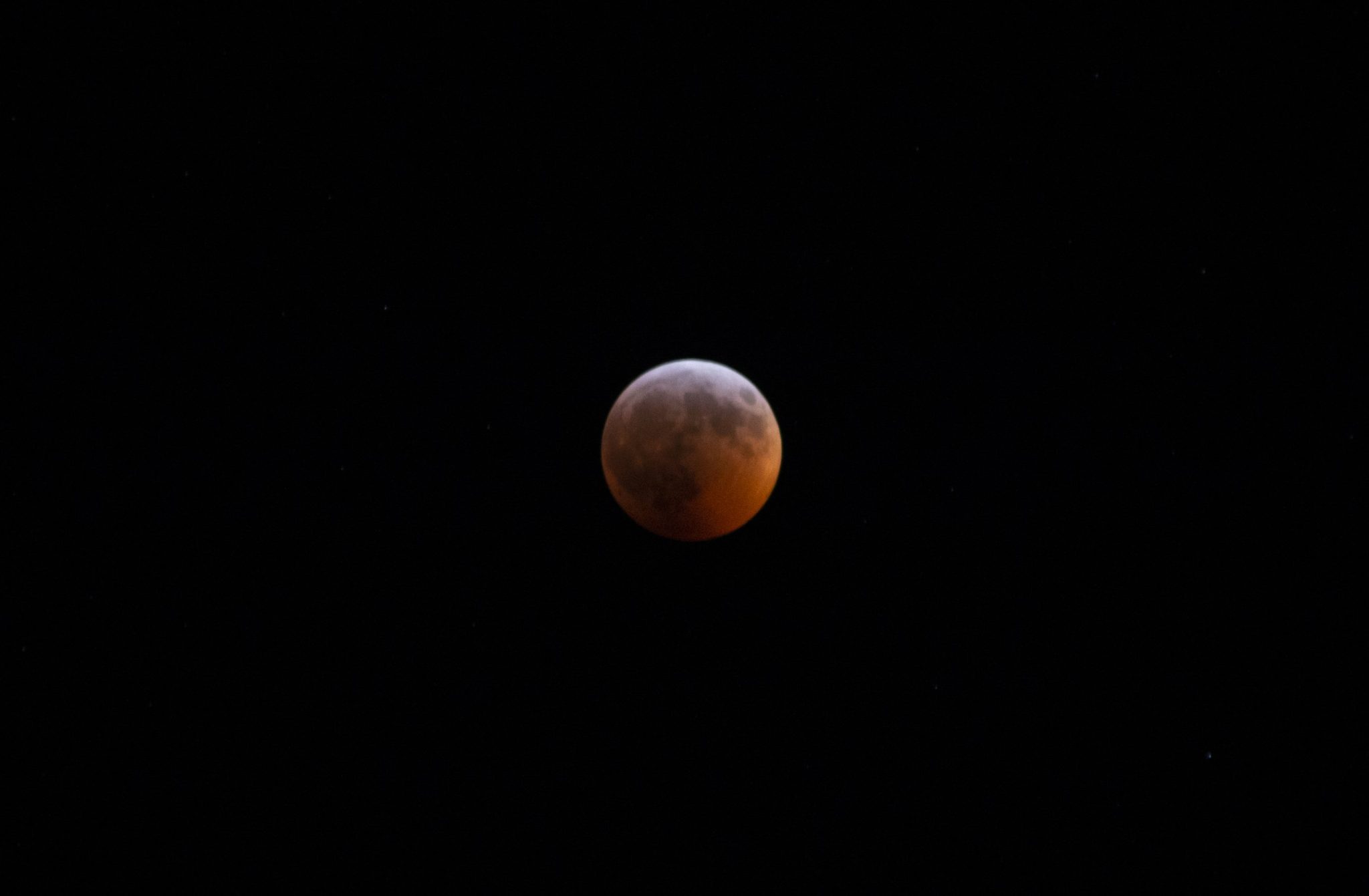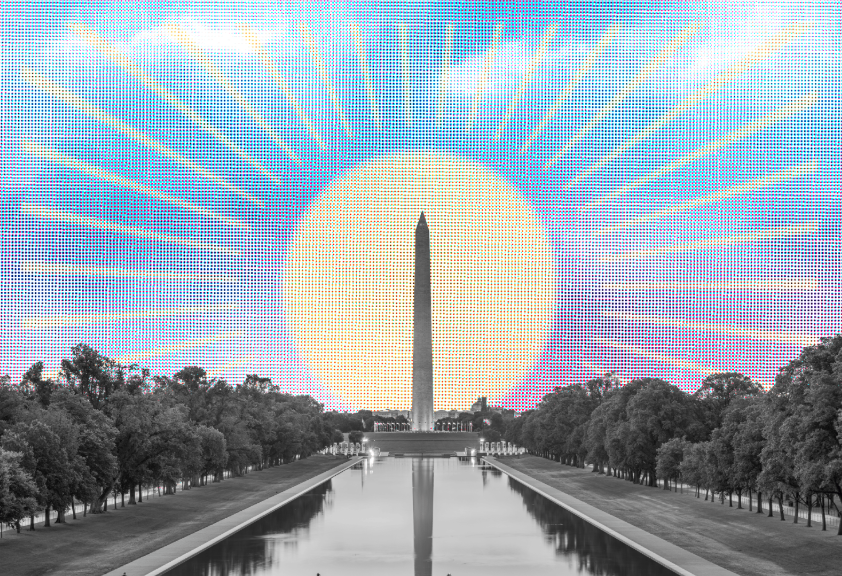Tuesday, November 8, isn’t just election day across the United States. It also marks the last total lunar eclipse until 2025. Early risers, take note: The main event, when the moon will be within the darkest part of Earth’s shadow, will happen from 5:17 to 6:42 a.m.
According to NASA, a lunar eclipse happens when the sun, moon, and Earth are aligned, and the moon passes into Earth’s shadow. A total lunar eclipse is when the entire moon falls within the umbra, or darkest part of Earth’s shadow. Total lunar eclipses are often also called “blood moons” because the moon will appear red while within the Earth’s shadow.
The early-morning event will begin at 3:02 a.m., when the penumbral eclipse starts and the moon enters the outer part of Earth’s shadow. At 4:09, a partial eclipse will begin as the moon moves into the darkest part of Earth’s shadow, and it will appear as if a bite was taken out of the moon. Totality, from 5:17 to 6:42, is when the moon will appear a coppery red. At 6:42, the red will start fade as the moon leaves Earth’s shadow.
The eclipse will be viewable across North and Central America, Ecuador, Columbia, Asia, Australia, and New Zealand. For the best viewing, avoid areas with bright lights. While the eclipse can be seen without any special equipment, you’ll get a better glimpse through binoculars or a telescope if you have them. If it’s cloudy or you just don’t feel like getting up, you can livestream the event, courtesy of an observatory in the United States.
The next total lunar eclipse will be on March 14, 2025, but there will be partial eclipses before then.















